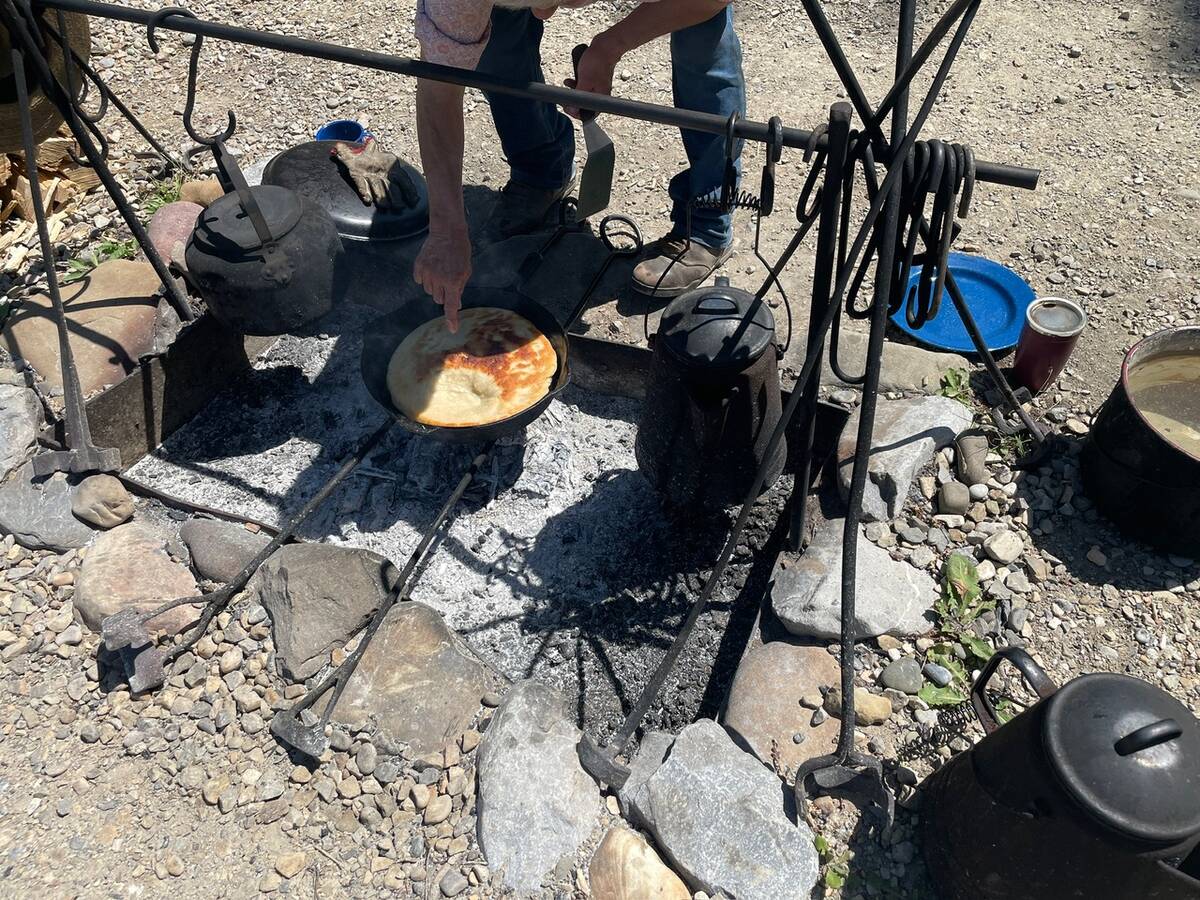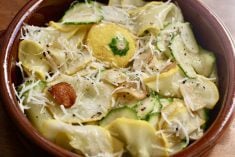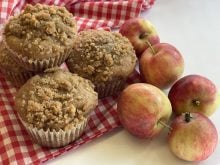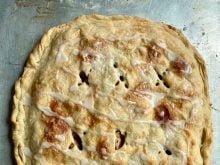This summer we did a little driving tour around southwestern Saskatchewan and southern Alberta, visiting the Grasslands National Park, Cypress Hills, Medicine Hat and the Bar U Ranch National Historic Site.
It was interesting to see the flat natural grasslands and the rolling, rugged, river-carved escarpments that run through them. The poor soil and uneven ground of the grasslands is better suited to ranching than farming.
One of the information signs in the East Block of the Grassland National Park related a story about the Zahursky family, who 100 years ago arrived ready to farm and build a homestead, only to discover that the best prairie farmland was already taken. They were left to settle on the poor grasslands at the edge of the rugged escarpment.
Read Also

Know what costs are involved in keeping crops in the bin
When you’re looking at full bins and rising calf prices, the human reflex is to hold on and hope for more. That’s not a plan. It’s a bet. Storage has a price tag.
Joe, Salomea and their four children built a sod house, dug a well by hand and broke the land for farming using a horse-drawn plough.
They kept livestock, grew a garden and pickled cucumbers, watermelon and cabbage to store for the winter.
Before they dug a well, they had to walk more than a kilometre to Rock Creek for water and then haul it, two buckets at a time, up the rugged hill. For 30 years, they created a living from the harsh, dry land.
In 1878, when the Northwest Mounted Police established Fort Walsh west of the Cypress Hills, there was a need for meat to feed the force and the Indigenous people of the area.
Enterprising men recognized that the good hard grass, plentiful water and sheltering wooded coulees found in the foothills would be ideal cattle country. After all, the bison had always preferred it as their wintering grounds.
The cattle thrived in the foothills environment, where warm chinook winds exposed slopes of nutritious rough fescue grass for winter grazing.
The Bar U Ranch National Historic Site, southwest of Calgary, vividly tells the story of the development of huge open range ranches in Alberta in the late 1800s.
The arrival of homesteaders who wanted to cultivate the land and build fences led to changes in the size and method of ranching.
Feeding the hungry cowboys and ranch hands was a challenging job for the ranch cook. Beulah Barss, in her cookbook Come ‘n’ Get It Roundup Recipes from Ranch Country, shares stories of early ranch life and the food that kept the cowboys fed.
Ranch-style steak
Steak was always a favourite.
Serves: four to five.
- 2 lb. round steak 1 kg (inside round is more tender than eye of round)
- prepared mustard
- salt
- pepper
- flour
- lard or bacon fat
Trim excess fat from meat and put into a heavy kettle or Dutch oven over high heat to render the fat. If there is not a good layer of fat in the bottom of the kettle, add a piece of lard.
Cut steak into serving portions and on a cutting board, pound each piece on both sides with the edge of a saucer, hard enough to break almost through the meat.
Smear each piece with mustard, sprinkle with salt and pepper, roll in flour and pound flour and spices into the meat, adding more flour to the cutting board as needed.
Cook meat quickly in hot fat until golden brown on both sides. Turn the meat when the juices begin to show on the top of the steak. After turning, lift the meat several times so it doesn’t stick to the pan. When done, pile on a platter and keep warm in the oven until serving time.
Gravy can be made from the bits and pieces in the kettle by adding flour and water or flour and a can of mushroom soup and water.
Note: Substitute minute steak or cube steak or have the butcher pass the round steak through the tenderizer. Flatten the steak and apply flour and mustard and then cook as above.
Adapted from Come ‘n’ Get It Roundup Recipes from Ranch Country, page 23, by Beulah Barss, 2016, Heritage House Publishing Company Ltd.

Campfire bannock
At the Bar U ranch, we enjoyed campfire bannock and jam, served from the chuck wagon while listening to stories about the ranch. Later, we enjoyed a horse-drawn wagon ride back to the parking lot.
- 2 c. flour 50 mL
- 2 tbsp. baking powder 30 mL
- 1 tsp. salt 5 mL
- 1/3 c lard or butter 75 mL
- 1 3/4 c water 425 mL
- lard or oil for frying
Mix flour, baking powder and salt, add lard or butter and combine using two knives until crumbly.
Add water to make a soft dough.
Melt a chunk of lard in a large frying pan or Dutch oven over hot campfire coals. Shape dough into a round and place in the pan. Cover pan with a lid. Cook on one side until well browned and crusted. Turn over and cook the other side.
Serve with butter and jam or campfire stew.
Adapted from Bar U Ranch Historic Site recipe.
While in Medicine Hat we toured the Medalta Potteries National Historic Site, a well-preserved example of the Medicine Hat pottery industry.
The industry supplied pottery across Canada for domestic and commercial use, including ceramic building tiles, sewer pipe, crocks, mixing bowls and hotel dishware. Today, it is also the site of the Shaw International Centre for Contemporary Ceramics.
The Medicine Hat clay industries were built on three essential elements: the presence of local clay suitable for both brick and pottery, a ready supply of natural gas for firing the kilns and the arrival of the Canadian Pacific Railway in 1883.
The first brick plant was built in 1885 at the foot of the clay escarpment in the city.
In 1916, a deposit of high-quality clay was discovered in Eastend, Sask., and later at Willowbunch and Ravenscrag, also in Saskatchewan. We had just driven through these communities and had seen the white clay layers in the hills.
Medalta Potteries recognized the needs of farm families and produced practical durable wares such as chicken feeders, water jugs, milk churns, mixing bowls, pitchers and storage and pickle crocks to meet the farm families’ needs.
Stoneware crocks were the staple of Medalta’s operations. Crocks were the only ware produced continuously throughout Medalta’s 46 years of existence.
Being hard, waterproof and acid proof, stoneware was the ideal container for storing food.
Crocks were used for wine, eggs, brine pickles, pickled tongue, sauerkraut, bacon or ham in salt, corned beef, salt pork, sugar-cured ham or bacon and pickled fish. For decades, these crocks could be found in homes, businesses and institutions.
In 1926, Medalta strategically switched the sizing of their crocks to the larger imperial gallon, while price-matching the smaller American crocks. This increased sales and sent a message to consumers that Medalta wanted to make its products appealing and accessible to Canadians.
It also focused on the fact that its products were made in Canada, with Canadian clay, by Canadians for Canadians.
On western Canadian farms, storing food for winter use was essential. Medalta Potteries offered this recipe for storing eggs in its 1924 catalogue.
Water glass method
Note. I have not tested this recipe.
Add one quart sodium silicate (water glass to nine quarts water that has been rendered absolutely sterile by boiling and then cooling.
Place mixture in five-gallon crock or jar that has been thoroughly cleaned and scalded. This is sufficient for 15 dozen eggs. For larger amounts, increase in proportion.
Allow two inches of solution to cover eggs. Place jar in a cool, dry place. Jars should be well covered to prevent evaporation. Waxed paper covering tied around the top will answer.
Do not use same water glass solution twice.
When boiling preserved eggs, make a small hole with pin at large end to allow air to escape when heated to prevent cracking.
Eggs when properly packed by this method will keep from eight to 12 months.
From Medalta Potteries Ltd. catalogue No 1, 1924, page 26.
Betty Ann Deobald is a home economist from Rosetown, Sask., and a member of Team Resources. Contact: team@producer.com.
















